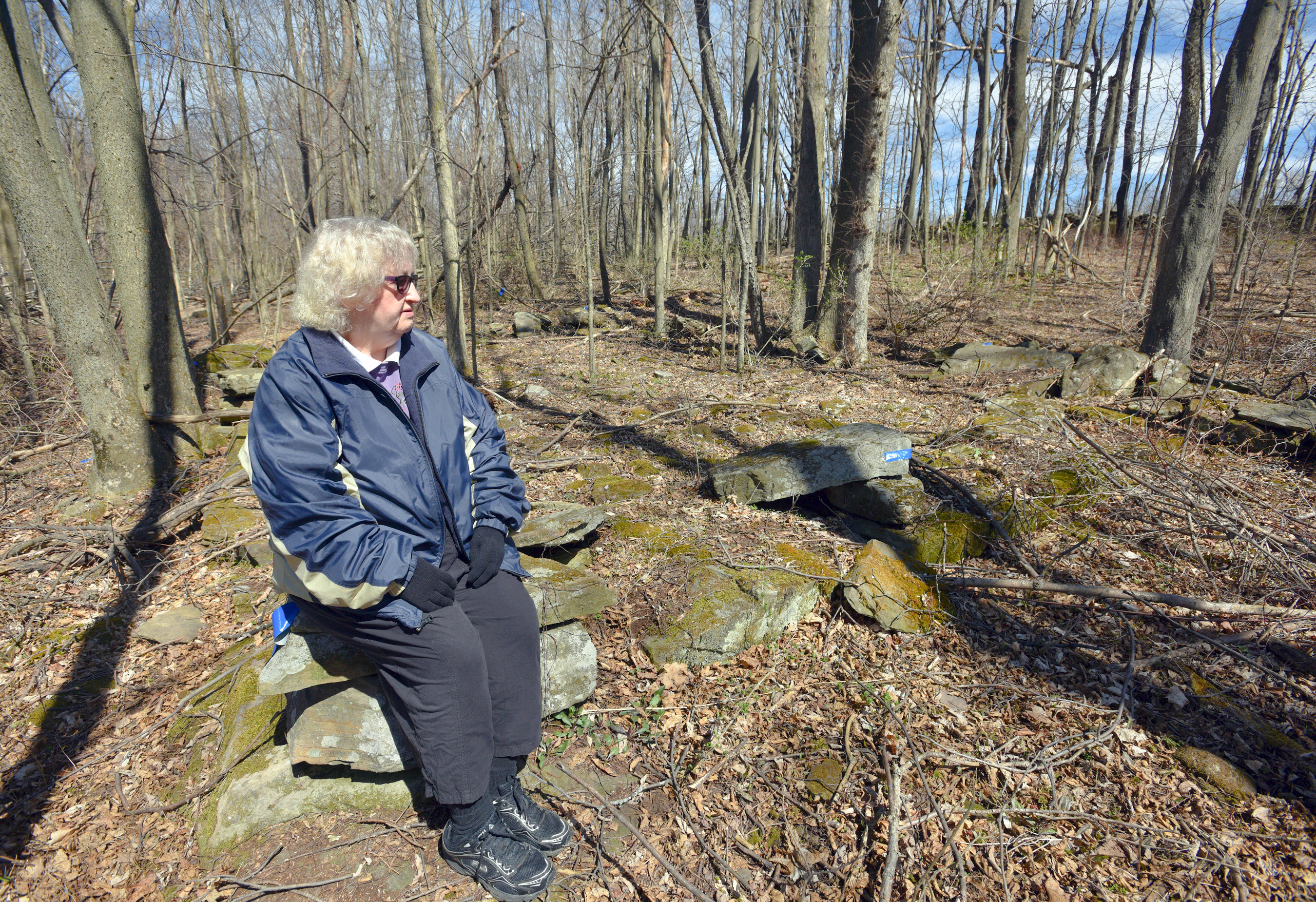Reargument preview: A new theory of when local-government takings occur

on Jan 9, 2019 at 2:47 pm

On Wednesday, for the second time this term, the court will hear argument in Knick v. Township of Scott. The case addresses when property owners who allege that a local government has taken their property can bring a lawsuit in federal court. A 1985 precedent, Williamson County Regional Planning Commission v. Hamilton Bank, requires such plaintiffs to first make use of the state’s compensation procedures; only then can they say whether their property has been taken “without just compensation” within the meaning of the Constitution’s Fifth Amendment. (Section 1983, the federal statute plaintiffs typically rely upon to bring takings claims in federal court, requires a “deprivation” of a constitutional right.) Yet when Williamson County is paired with judicial doctrines of preclusion and full faith and credit, local-government-takings plaintiffs face a much tougher road to federal court than do plaintiffs with other constitutional claims. Critics call this unjust, while defenders say it is because the takings clause (which conditions takings on payment of compensation rather than barring them outright) is different from other clauses. The Supreme Court granted review in Knick to reconsider Williamson County.
The justices first heard argument in October (which I analyzed here), before Justice Brett Kavanaugh joined the bench. In November, the court issued an order asking for further briefing and argument on an “alternative argument” raised in a footnote of Rose Mary Knick’s brief and briefly aired at oral argument. (Rather than articulating this argument or posing a specific question, the order identified the footnote and transcript pages where the argument appeared, so we do not have further detail from the court on how it understands the argument.)
The relevant footnote contemplates a way to get local-government-takings plaintiffs into federal court faster without abandoning the requirement that there be a denial of just compensation. Specifically, Knick argues that a taking is “complete and ripe for review” if “the responsible government entity … fails to provide or guarantee compensation at the time of the property injury challenged as a taking.” In other words, if the relevant local actor does not admit that a taking has occurred, then just compensation has been denied. The plaintiff may then proceed to federal court without pursuing state-court compensation. At oral argument, Justices Samuel Alito and Neil Gorsuch inquired about this theory. Gorsuch articulated it this way: “Maybe it makes sense to wait” “until a state litigation process has exhausted itself … when the state has acknowledged a duty to pay… But maybe it doesn’t make sense when the state has denied any obligation to pay.”
The parties have now completed their supplemental briefing. Knick expands on her theory that a local government’s “refusal to guarantee compensation at the time of the invasion renders it ‘without just compensation’ and immediately actionable as an unconstitutional taking.” She argues that this approach adheres to “the historical jurisprudence in takings law,” and she describes 19th and early 20th century cases as allowing plaintiffs to seek remedies in federal court without requiring them to pursue state-court compensation. Knick further argues that “correct and traditional principles” regarding Section 1983 refute the notion that state-court exhaustion is necessary. She describes state-court compensation procedures as a “time-consuming and expensive step” for plaintiffs like herself, and says that stating up front whether they intend to compensate a plaintiff is a “minor burden” on local governments.
The United States, represented by Solicitor General Noel Francisco, does not agree with Knick’s theory, though it reminds the court that its original briefs offered two theories that would help her get into federal court. The United States criticizes Knick’s new argument – that an unconstitutional taking occurs if the government does not “formally admit” the taking or “guarantee compensation” – as “inconsistent … with over a hundred years” of Supreme Court precedent, “not supported by the text or history of the Fifth Amendment,” and “unworkable in practice.” The United States distinguishes the early cases Knick relies on. Reading the precedent properly, the United States says, shows that “for more than a century, this Court has uniformly and repeatedly held that the government does not violate the Takings Clause when it provides just compensation for a taking of property for public use through a ‘reasonable, certain and adequate’ post-taking mechanism—whether or not the government formally admits that a taking has occurred.” A contrary position would put state and federal officials in the “impossible position” of determining in advance whether implementation of a regulatory program will lead to a taking — an analysis that often hinges on “ad hoc, factual inquiries” specific to the property owner.
The township, represented by Teresa Ficken Sachs, echoes the United States’ critique of Knick’s argument and adds points of its own. The Fifth Amendment, the township notes, does not specify who within a government must determine whether a compensable taking has occurred, and “[i]t would impermissibly intrude upon state sovereignty” to forbid states from assigning this task to their courts. According to the township, those principles explain longstanding precedents accepting inverse-condemnation actions as “a constitutionally permissible” avenue for providing just compensation, regardless of whether local-government actors admit a taking has occurred. The township asserts that changing course now would have serious practical consequences: “The federal courts would be flooded” not just with damages suits like Knick’s, but also with “suits that seek to enjoin applications of generally applicable state and local land-use regulations.” Moreover, the township underscores, it will often be impracticable for local-government officials to determine at the outset if a taking has occurred. If municipal-takings plaintiffs’ access to federal court is a problem, the township concludes, the solution lies with Congress (which is free to amend the relevant statutes), not with judicial reinterpretation of the takings clause.
There has been a fair amount of speculation regarding why this case was set for reargument. Does it mean that the eight justices who heard the original argument were evenly divided? Does it mean that the court wants a creative, minimally disruptive way to correct the “anomaly” of Williamson County? Do five justices think that Knick’s contemporaneous-guarantee theory fits that bill? Or is the court simply doing its due diligence in a challenging case? Perhaps Wednesday’s argument will provide a clue.



